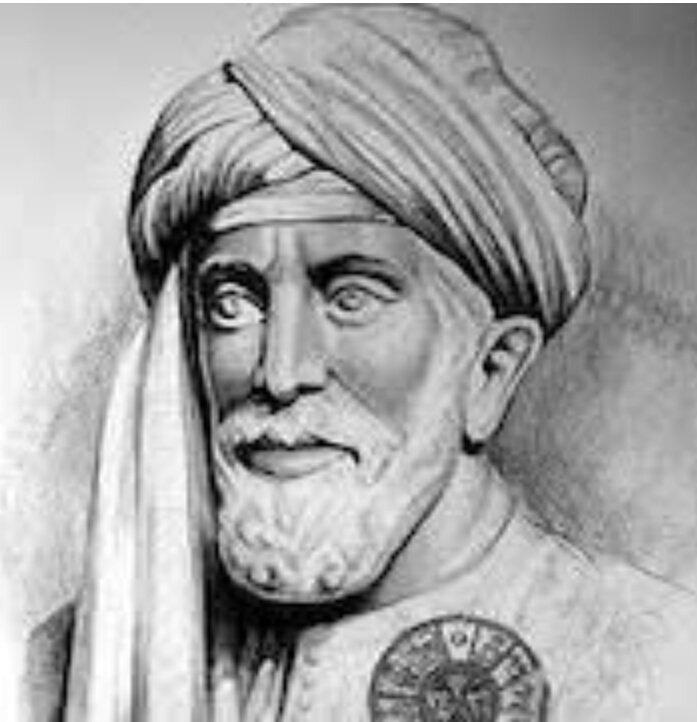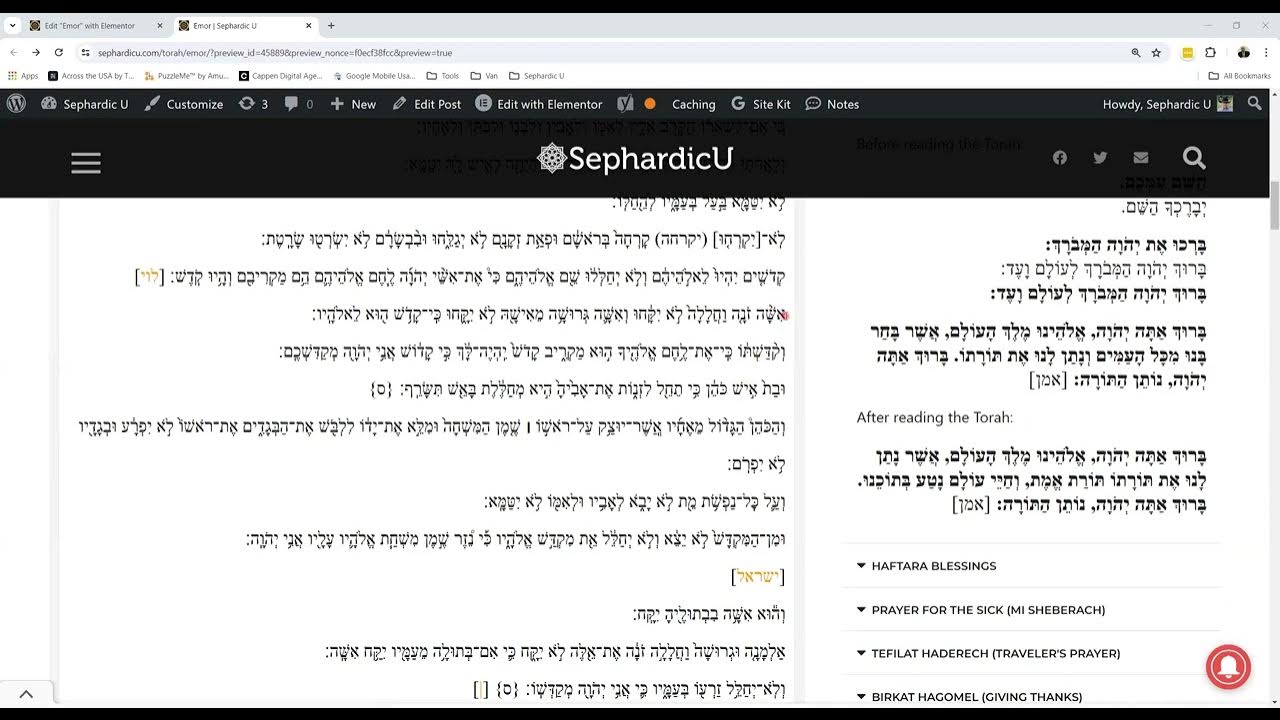Introduction
Samuel ibn Naghrela, known as Samuel HaNagid, was a remarkable figure in medieval Spain, transcending the constraints of his Jewish heritage to become a prominent statesman and military leader. Born in 993 CE in Córdoba, Spain, during the Caliphate of Córdoba, Samuel navigated the intricate political and cultural landscape of Muslim Spain, leaving an indelible mark on its history. His journey from humble beginnings to the zenith of power in Granada is a testament to his resilience, intellect, and determination to overcome adversity.
| Points | Details |
|---|---|
| AKA | Samuel HaNagid, Shmuel HaNagid |
| Born | 993 |
| Place of Birth | Córdoba, Caliphate of Córdoba |
| Died | 1056 |
| Place of Death | Granada, Taifa of Granada |
| Occupation(s) | Poet, military leader |
| Children | Joseph ibn Naghrela |
| Heritage | Sephardic |
| Education | Educated in Jewish and Arabic literature, philosophy, and law |
| Political Influence | Served as vizier and military commander in Granada |
| Military Leadership | Led successful campaigns against neighboring Christian kingdoms |
| Literary Contributions | Renowned poet in Arabic and Hebrew, known for philosophical insights |
| Community Engagement | Contributed to the cultural and intellectual life of medieval Spain |
Early Life and Background
Samuel was born into a Jewish family in Córdoba, a city renowned for its intellectual and cultural vibrancy under Muslim rule. Despite facing discrimination as a minority, he received a comprehensive education in Jewish and Arabic literature, philosophy, and law. This educational foundation laid the groundwork for his future accomplishments and provided him with the tools to navigate the complexities of medieval Spanish society. Samuel’s upbringing in this cosmopolitan environment exposed him to diverse perspectives and cultivated a deep appreciation for the richness of Andalusian culture.
Rise to Prominence
Samuel’s exceptional talents and intellect propelled him to prominence in Granada, where he served as the vizier and military commander under the Berber Zirid dynasty. His administrative acumen and diplomatic finesse earned him the trust and favor of the rulers, enabling him to navigate the intricate politics of the kingdom with remarkable skill. Samuel’s rise to power in Granada was not without its challenges, but his ability to overcome adversity and forge alliances allowed him to ascend to the pinnacle of influence in the kingdom.
Poetic Brilliance
Beyond his political exploits, Samuel was a gifted poet, renowned for his eloquent verses in both Arabic and Hebrew. His poetry, characterized by its emotional depth and philosophical insights, captivated audiences and earned him widespread acclaim among his contemporaries. Samuel’s literary legacy remains a testament to his multifaceted talents and cultural contributions. His verses explored themes of love, nature, and existentialism, providing profound insights into the human condition. Samuel’s poetry transcended religious and cultural boundaries, resonating with audiences across diverse communities in medieval Spain.
Military Leadership
Samuel’s military prowess was equally impressive. As Granada’s military commander, he led successful campaigns against neighboring Christian kingdoms, securing the kingdom’s borders and expanding its influence. His strategic brilliance on the battlefield earned him admiration and respect, further solidifying his position of power within Granada. Samuel’s military campaigns were marked by tactical innovation and decisive victories, enhancing Granada’s reputation as a formidable force in medieval Spain. His leadership inspired loyalty and dedication among his troops, enabling them to achieve remarkable feats against numerically superior adversaries.
Challenges and Controversies
Despite his successes, Samuel faced numerous challenges and controversies during his tenure as vizier. Rival factions within Granada, envious of his influence and power, sought to undermine his authority, leading to political tensions and occasional violence. Samuel’s ability to navigate these challenges with resilience and determination demonstrated his skill as a statesman and leader. His judicious diplomacy and strategic alliances allowed him to overcome opposition and maintain stability within the kingdom. However, internal conflicts and external pressures posed persistent threats to Samuel’s rule, testing his resolve and leadership capabilities.
Assassination and Legacy
Tragically, Samuel’s life was cut short by assassination in 1056 CE, marking the end of an era of Jewish prominence in Granada. However, his legacy endured long after his death, serving as an inspiration to future generations of Jewish scholars, poets, and leaders. Samuel’s contributions to literature, governance, and military strategy continue to be studied and celebrated, cementing his place as one of the most influential figures in medieval Spain. His untimely demise was a loss not only for the Jewish community but also for the broader cultural landscape of Andalusia, where his legacy continues to resonate to this day.
Conclusion
In conclusion, Samuel ibn Naghrela’s story stands as a testament to the resilience and ingenuity of the human spirit in the face of adversity. From his humble beginnings in Córdoba to his rise as a prominent statesman and military leader in Granada, Samuel’s journey epitomizes the transformative potential of talent, intellect, and perseverance.
His legacy extends far beyond his time, inspiring generations of Jewish scholars, poets, and leaders. Despite his untimely demise, Samuel’s contributions to literature, governance, and military strategy continue to be studied and celebrated, reaffirming his place as one of the most influential figures in the rich tapestry of medieval Spain.
As we reflect on Samuel’s life and legacy, we are reminded of the enduring impact of individuals who dare to defy expectations and leave an indelible mark on history. His story serves as a beacon of hope and inspiration for future generations, underscoring the power of determination and resilience in the pursuit of excellence and justice.
Resources
- “The Jews of Spain: A History of the Sephardic Experience” by Jane S. Gerber – This book provides a comprehensive overview of Jewish history in Spain, including the period when Samuel ibn Naghrela lived.
- “The Ornament of the World: How Muslims, Jews, and Christians Created a Culture of Tolerance in Medieval Spain” by María Rosa Menocal – This book explores the cultural and intellectual achievements of medieval Spain, including the contributions of Jewish scholars and leaders like Samuel ibn Naghrela.
- Academic journals such as the Journal of Jewish Studies and Hispania Judaica Bulletin often feature articles on medieval Jewish history and figures like Samuel ibn Naghrela.
- Online databases like JSTOR, Google Scholar, and Project MUSE may also contain scholarly articles and research papers on Samuel ibn Naghrela and his significance in medieval Spain.
By consulting these sources, you can gain a deeper understanding of Samuel ibn Naghrela’s life, achievements, and historical context.








Parashat Behar – Weekday Torah Reading (Moroccan TeAmim)